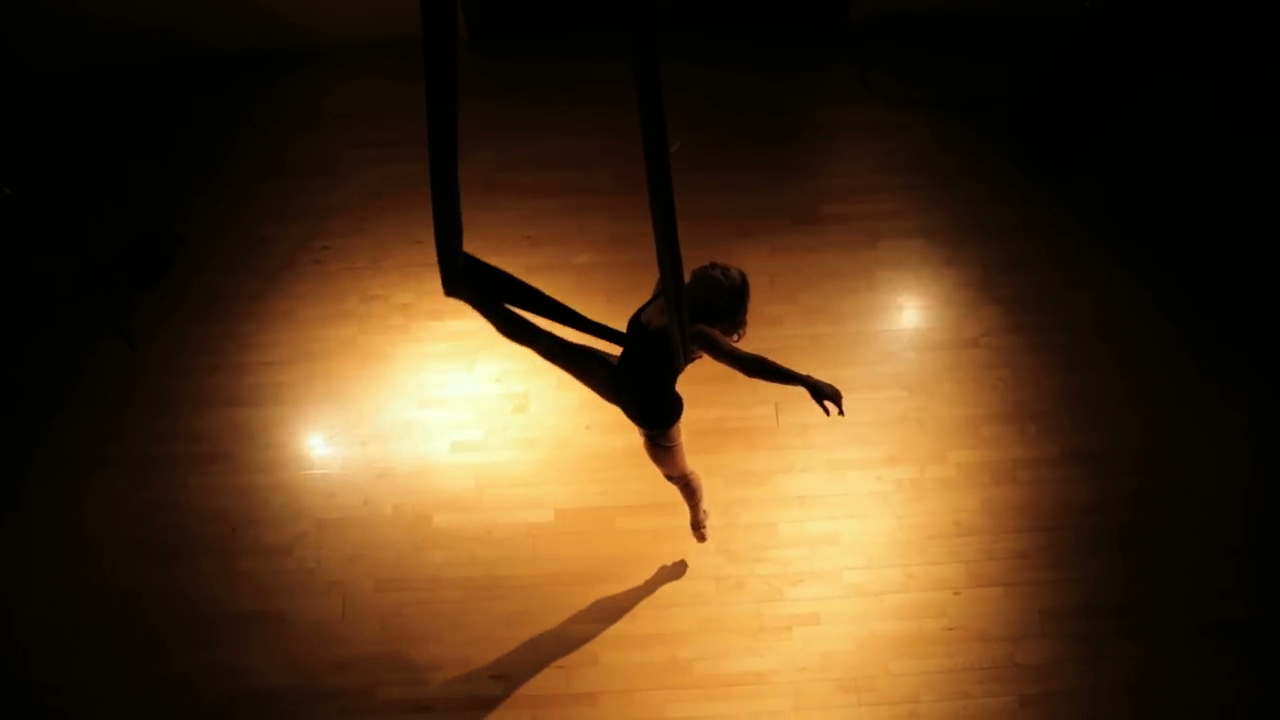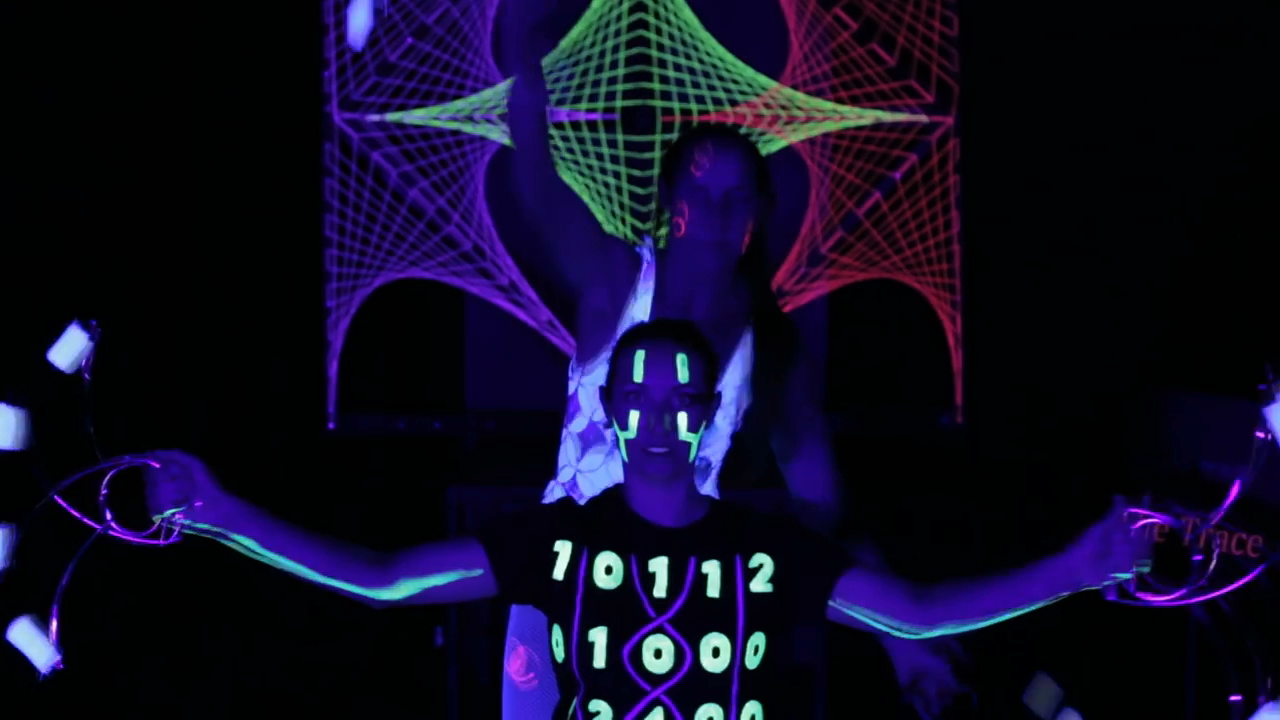This Video of 'Dancing Braids' Will Change How You Think About Mathematics

A dramatically choreographed performance that veered from gracefully spinning aerialists to gyrating, hoop-wielding dancers wearing glow-in-the-dark costumes, twirled its way to first place in the annual Dance Your Ph.D. Contest.
The video, titled "Representations of the Braid Groups," describes mathematics principles about braid behavior that might leave non-mathematicians scratching their heads.
However, the video visualizes these concepts in sequences of mesmerizing dance scenes that deliver unexpected suspense and drama, conveying the movement and beauty of translating complex diagrams into grids of numbers. [The World's Most Beautiful Equations]
Now in its 10th year, the annual Dance Your Ph.D. competition, which is sponsored by the American Association for the Advancement of Science (AAAS) and Science Magazine, reviews video submissions of dance performances from around the world, all of which use different forms of choreography to represent doctoral-thesis work in science-related fields.
This year, 53 scientists submitted videos for consideration, and 12 finalists were selected to compete for top positions in four categories: physics, chemistry, social sciences and biology. "Braid Groups" won the physics prize, as well as best overall video, the AAAS announced yesterday (Nov. 1).
The winning video was written and co-choreographed by Nancy Scherich, a doctoral candidate in the mathematics department at the University of California, Santa Barbara. A lifelong dancer, Sherich used aerial dance — when a suspended performer "partners" with hanging fabric — and a dark room populated by glowing figures, to demonstrate how algebra is used to study geometric shapes, the AAAS reported.
"I had to think about how I would take this nonphysical thing and explain it in a physical way," Scherich told the AAAS.
Get the world’s most fascinating discoveries delivered straight to your inbox.
Scherich used the graceful undulations of aerial dancers to visualize the flowing movements of braids. Later in the video, a pitch-black space populated with spinning figures lit by fluorescent patterns represents "the matrix," where some braids are translated into numbers — but that doesn't always go as smoothly as expected, as a dismayed dancing "braid" in the video discovers.
A panel of experts in dance and science judged the participants on their videos' artistic merit and how effectively they used dance to communicate their research, Science reported.
Other winning videos this year used dance to explain wasting syndrome in sea stars, the methods that people use to interpret creativity and how biosensor technology can help forensic analysts detect traces of human body fluids at crime scenes.
Each winner receives a cash prize of $500, with the overall contest winner earning an additional $500 and round-trip transportation and accommodations at the 2018 AAAS annual meeting in Austin, Texas, according to the Dance Your Ph.D. contest rules.
Original article on Live Science.

Mindy Weisberger is a science journalist and author of "Rise of the Zombie Bugs: The Surprising Science of Parasitic Mind-Control" (Hopkins Press). She formerly edited for Scholastic and was a channel editor and senior writer for Live Science. She has reported on general science, covering climate change, paleontology, biology and space. Mindy studied film at Columbia University; prior to LS, she produced, wrote and directed media for the American Museum of Natural History in NYC. Her videos about dinosaurs, astrophysics, biodiversity and evolution appear in museums and science centers worldwide, earning awards such as the CINE Golden Eagle and the Communicator Award of Excellence. Her writing has also appeared in Scientific American, The Washington Post, How It Works Magazine and CNN.
 Live Science Plus
Live Science Plus







